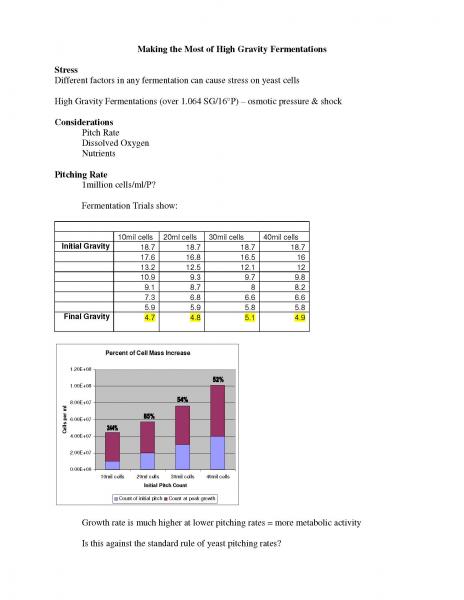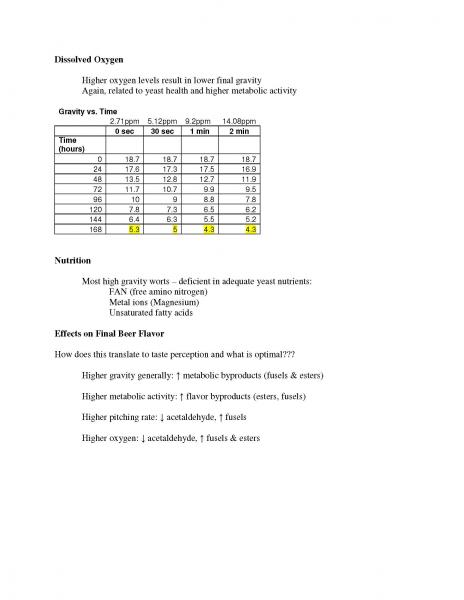duskb
Well-Known Member
It says there's enough in that smack pack to innoculate 5 gallons of wort. Skip a starter? Y/N?

At the end of the day it is your choice. For low ABV brews you should be fine. Mid-High strength, you should probably use a starter.
I've done 1.050 beers with Wyeast and no starter, they worked. However they work better with a starter.









![Craft A Brew - Safale S-04 Dry Yeast - Fermentis - English Ale Dry Yeast - For English and American Ales and Hard Apple Ciders - Ingredients for Home Brewing - Beer Making Supplies - [1 Pack]](https://m.media-amazon.com/images/I/41fVGNh6JfL._SL500_.jpg)

Depends on what you are after.
If you want the yeast character that the lab has painstaking tested and evaluated the yeast for, then I say you pitch the pack within the use date.
If however you want to reduce/minimalize said character, by all means make the starter.
I'm confused, how would making a yeast starter "reduce/minimalize" the character of the yeast?
Neva Parker from White Labs gave a talk on this very topic a few months ago.
This talk (or the experiments/results) wasn't published anywhere, was it?


She sent out a .pdf with some of her results (although sadly not all of them.) I'll try to attach it.